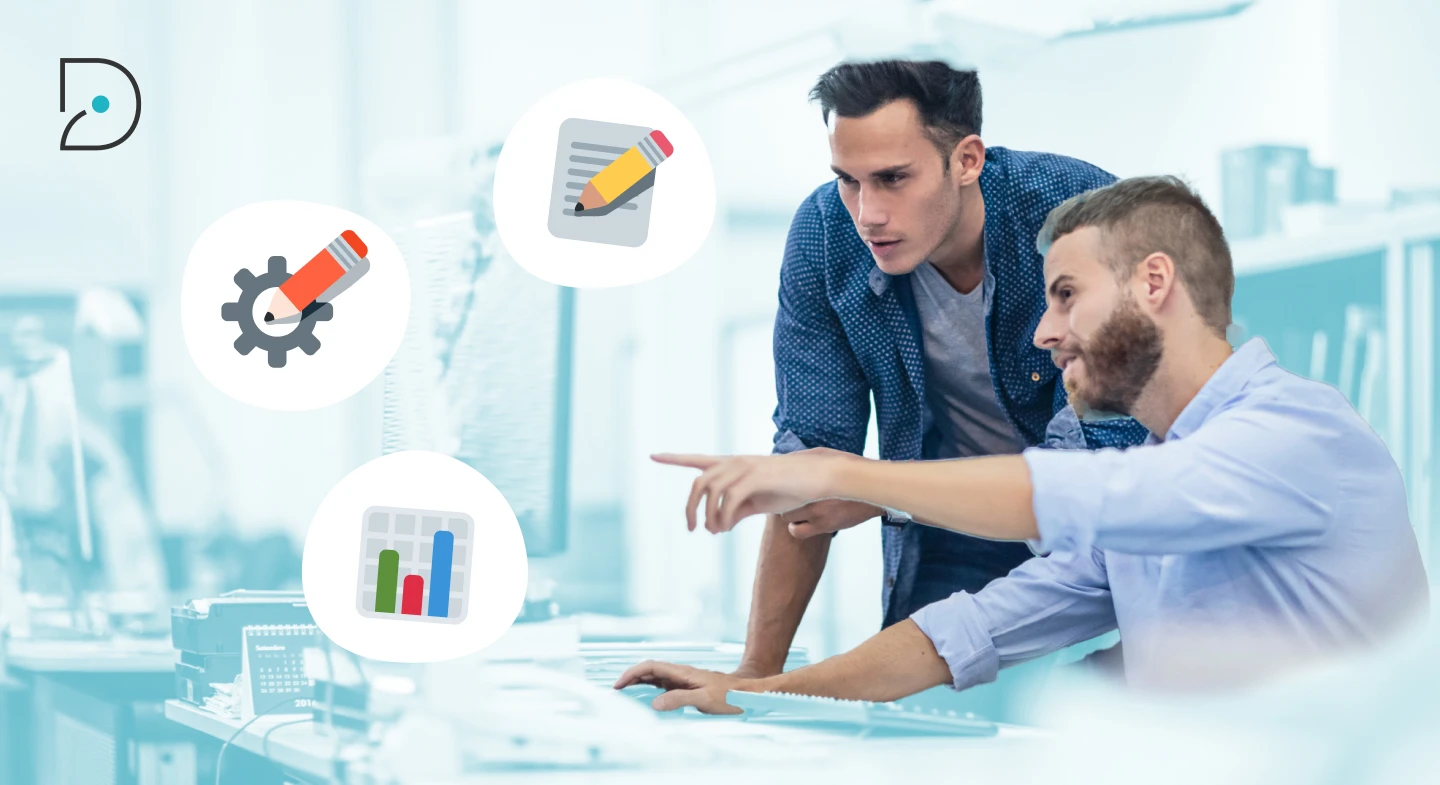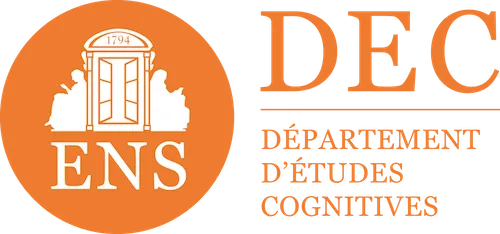

What are the Different Teaching Modes?
The choice of teaching modes is now a key challenge in ensuring effective skills development. Faced with the diversity of formats — face-to-face, distance learning, e-learning, blended learning, flipped classroom, serious games, etc. — it is often difficult to find your way around. Each mode has its own strengths and limitations, and their effectiveness depends on the learning context, pedagogical objectives and the profile of the learners (young, professional or even autonomous learners).
But then, how do you distinguish these methods and, above all, how do you choose the most suitable one for a training project? That's what we're going to discover together!
What is a teaching mode?
The term teaching mode, or modality, refers to the way in which training is delivered to learners. It is a framework that structures the learning experience, taking into account key elements such as location (face-to-face or remote), the rhythm (synchronous or asynchronous) and the materials used (lectures, interactive exercises, videos, virtual classes, serious games, etc.).
Teaching modes vs teaching methods: not to be confused
It is essential to differentiate teaching modes and teaching methods.
- Teaching modes (or modalities) concern the format in which the training takes place (example: e-learning, face-to-face training, blended learning).
- Teaching methods, on the other hand, refers to strategies used to promote learning (example: interrogative, demonstrative, active method).
Let's take a concrete example: a training organization can offer blended learning training (modality), combining face-to-face lectures (expositive method) and interactive online exercises (active method).
By understanding these distinctions, training actors can better structure their training courses and offer effective systems adapted to the needs of learners.
The different teaching modes: overview and comparison
There is a great diversity of teaching modes, each with specific characteristics that influence the learning effectiveness. To better understand them, we classify them according to several criteria: face-to-face vs remote, synchronous vs asynchronous and their specific formats.
Face-to-face vs remote: an issue of accessibility and commitment
- Face-to-face training : Organized in a physical place, it promotes direct interaction between learners and the trainer. Ideal for practical work, group exercises, and learning through exchange and discussion.
- Benefits: Promotes group engagement and dynamics
- Disadvantages: High logistics costs, less flexible
- Distance (or distance learning) : Delivered via digital tools, it offers great flexibility to learners.
- Advantages: Accessible everywhere, reduces logistical constraints
- Disadvantages: Requires strong autonomy on the part of learners
Synchronous vs asynchronous: an impact on the learning pace
- Synchronous training : Takes place in real time with a trainer and/or participants connected simultaneously (videoconference, virtual classes).
- Benefits: Encourages immediate exchanges and feedback
- Disadvantages: Constrained by fixed hours
- Asynchronous training : The contents are accessible at any time (e-learning, MOOC, SPOC, interactive modules).
- Advantages: Allows independent learning, adapts to the pace of each
- Disadvantages: Less direct interactivity with the trainer
The main teaching modes and their effectiveness
What is the best mode?
No teaching mode is universally better than the others. The choice depends on the training objectives, the profile of the learners, the technical and budgetary constraints and the level of autonomy required.
How to choose a suitable teaching mode
The choice of a teaching method should not be arbitrary. It is based on several essential criteria that guarantee the relevance and effectiveness of the training course.
Define educational goals
Each training course has a specific objective: acquisition of new skills, improvement of an existing practice or even adaptation to a new professional context.
- Technical training? Practical face-to-face work or immersive reality may be the most suitable.
- Soft skills development? Blended learning, alternating interactive sessions and independent learning, is often more effective.
- Fast and accessible training? An asynchronous eLearning module allows learners to learn at their own pace.
Taking into account the learners' profiles
The needs and preferences of participants directly influence the choice of teaching methods.
- Young and connected audience? Mobile learning and Serious Games can be more engaging.
- Experienced professionals? Blended training combining video conferences and interactive case studies may be more relevant.
- Autonomous learners? The elearning Allows you to personalize the course while offering flexibility.
Take into account organizational and budgetary constraints
Some modalities are more demanding in terms of human, technical and financial resources.
- Limited budget? E-learning and MOOCs offer a reduced cost compared to face-to-face training.
- Lack of availability of participants? Asynchronous learning avoids fixed schedule constraints.
- Do you need strong interactivity? The virtual classroom allows exchanges without requiring travel.
Adapting the modality to the training content
Educational content also influences the choice of modality.
- Training that requires a lot of practice? Workshops, scenarios, and augmented reality promote a concrete experience.
- Theoretical concepts? A MOOC or flipped classroom can be more effective in organizing progressive learning.
- Behavioral training? Role-playing games and simulations are often the most engaging.
Adapting a teaching mode means guaranteeing better ownership of content and maximizing the impact of training.
Innovation in teaching modes
With digital transformation and the rise of new technologies, teaching methods are evolving to meet current learning challenges. Far from traditional training, innovative approaches are emerging to improve learner engagement, immersion and the personalization of courses.
Digital learning: beyond simple eLearning
Digital learning is no longer limited to simple passive eLearning modules. Today, it integrates interactive formats and smart solutions for more effective learning:
- Microlearning : Short and targeted content, promoting rapid assimilation.
- Adaptive learning : A training that adapts to the needs of each learner, thanks to artificial intelligence.
- Optimized blended learning : A better link between face-to-face and remote learning, with tools that streamline the learning experience.
Artificial intelligence and training automation
AI applied to training makes it possible to:
- Automatically create learning paths according to the needs of the learners.
- Personalize the experience thanks to content recommendations adapted to the level and pace of learning.
- Analyzing performance of learners to adjust the pedagogy and the materials used in real time.
Didask: an optimized approach to teaching modes
The evolution of teaching methods raises a major challenge for training managers and training organizations: how to effectively choose and structure a learning path? This is where Didask comes in, based on a unique Instructional AI, at the crossroads of cognitive science and digital learning.
Instructional AI which automates and optimizes the choice of modalities
One of Didask's great strengths lies in its ability to analyze training content and to identify the essential concepts to be transmitted, and to structure the training course with optimal pedagogical sequencing.
Thanks to our Instructional AI, Didask allows training designers to:
- Win some times in the creation of their modules.
- Suggest more effective learning experiences and adapted to learners.
Monitoring and continuous improvement of training
Didask's AI doesn't stop at content creation: it analyzes learners' performance and proposes continuous adjustments.
- What content is problematic?
- What adjustments can be made to maximize learning?
This approach allows training organizations and companies to guarantee training that is always up to date and ever more effective.
Make an appointment directly with our eLearning experts for a demo or simply more information.












